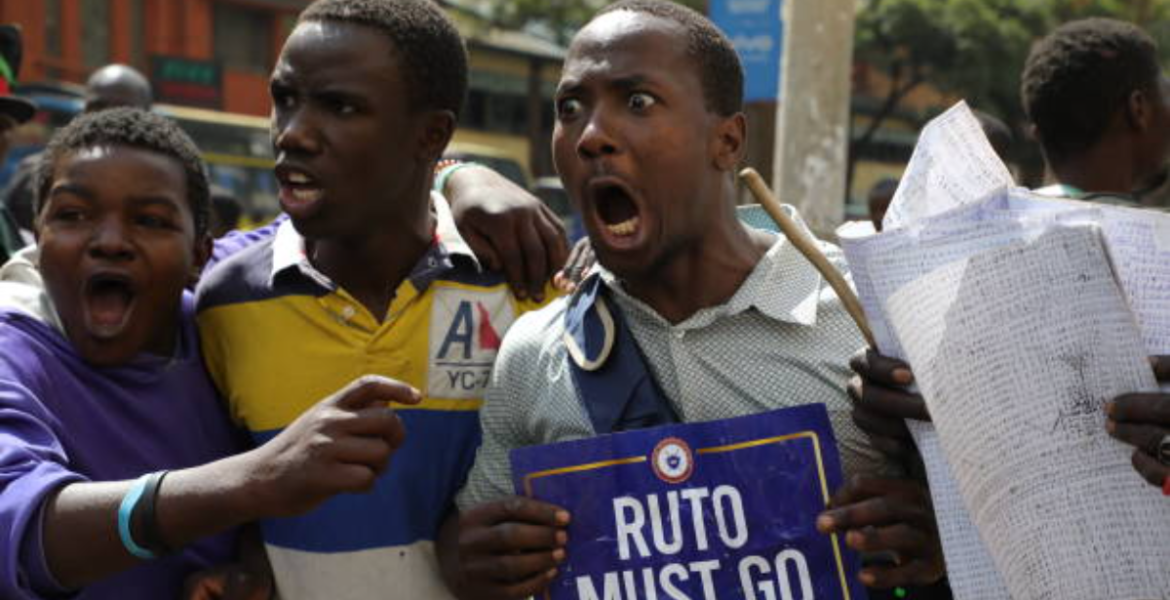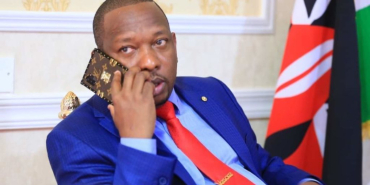"Ruto Must Go?" Exploring the Constitutional Pathways for Removing a Kenyan President

In June 2024, widespread protests erupted across Kenya as citizens voiced their opposition to the perceived harsh tax policies imposed by President William Ruto's administration.
Despite Ruto's subsequent withdrawal of the contentious Finance Bill 2024, the protesters remained unsatisfied and now demand his resignation. It is worth noting that no Kenyan president has ever been prematurely removed from office before. The opposition, led by the Azimio La Umoja Coalition, aimed to gather 10 million signatures in 2023 as a means to pressure Ruto to step down. However, this signature-gathering effort holds no legal bearing on the removal of a sitting Kenyan president. The Kenyan constitution delineates two legal avenues for the premature removal of a president: on grounds of incapacity (Article 144) or through the impeachment process (Article 145).
The process, nonetheless, can be extensive and complex. While the public can hold the president accountable if they believe he has failed in his duties, the Constitution provides a clear process for removing a president who lacks the physical or mental capability to fulfil their responsibilities. The impeachment process requires a member of the national assembly, backed by at least 25% of all members, to propose an investigation into the president's fitness. If the majority supports this motion, the speaker must inform the chief justice within two days. The chief justice or deputy then has a week to appoint a special tribunal to examine the matter.
This panel comprises three qualified Kenyan medical experts, one high court advocate, and a nominee chosen by the president himself. The national assembly has the power to remove the sitting president from office if they conclude that the president lacks the capacity to fulfil their duties, which requires a majority vote to ratify the report. Furthermore, a member of the national assembly can propose a motion to impeach the sitting president. This motion must be backed by at least one-third of all assembly members. Grounds for impeachment include a gross violation of the constitution or other laws, serious reasons to believe the president has committed a crime under national or international law or gross misconduct.
If the motion to impeach the president is supported by at least two-thirds of the 349 members of the national assembly (232 or more), the speaker will then transmit the resolution to the speaker of the senate within two days. The Senate may establish a special committee to examine the accusations levelled against the President. This committee, comprising 11 members, will have 10 days to investigate and report their findings to the Senate. For the impeachment to be successful, at least two-thirds of the 67 Senators, or 45 members, must vote in favour of the charges.
Kenya's constitution has specific and defined grounds for removing a sitting president, aiming to safeguard against opportunistic interference with a democratically elected leader's ability to fulfil their duties. Mere public discontent or dissatisfaction with the president's performance is not among these grounds.








Comments
Kenyans know theyhave a…
Permalink
Kenyans know theyhave a thief in their midst.
What could go wrong in a country where thieves are burnt to death by mobs.
RUTO MUST GO!
Comrades, Si atoke tu, bona…
Permalink
Comrades,
Si atoke tu, bona presidency niya babake?
Add new comment